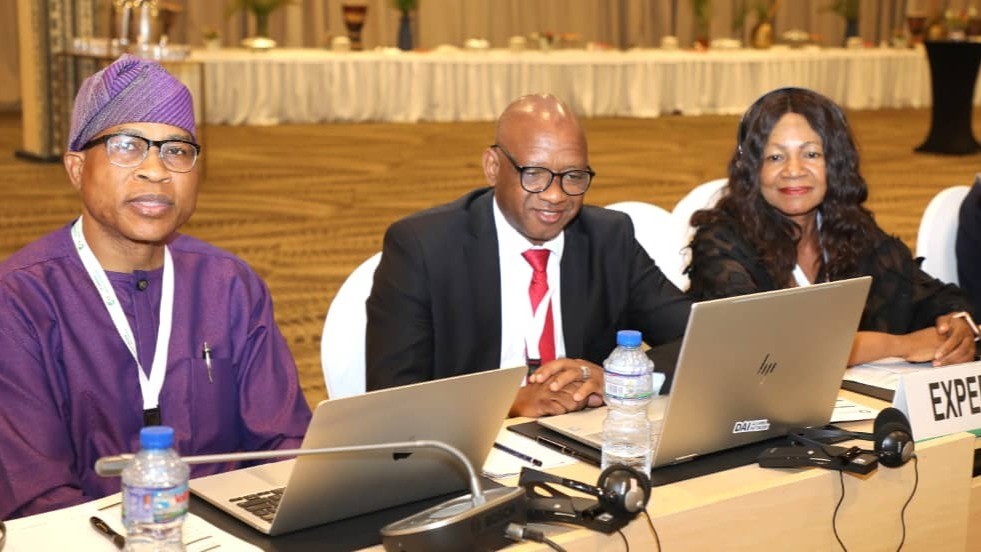A Guide to Conflict-Sensitive Human Rights Impact Assessments (HRIAs) in Fragile Areas
Conflict sensitivity is essential to understand the dual impact of conflict—both on business operations and how these activities may influence local dynamics. Even routine operations can exacerbate tensions, underscoring the need for businesses to adopt a thoughtful and responsible approach. We asked Elodie Grant-Goodey, Sofia Carrondo, Elizabeth Wild, and Nick Allen, to explain the key principles to guide companies through conflict-sensitive Human Rights Impact Assessments (HRIAs). Here is what they said:
Understanding the context: Why conflict sensitivity is critical?
One of the foundational elements of conducting HRIAs in fragile areas is understanding the dual impact of conflict. This refers to both the effect that conflict has on business operations and the influence that business activities may have on conflict dynamics. In volatile environments, even routine business activities can exacerbate tensions, making conflict sensitivity a vital component of both corporate responsibility and risk management for the company.
For example, the operation of a railway project in a conflict-affected region can inadvertently heighten the risk of criminal activity, including smuggling and the trafficking of illegal goods. This underscores the need for businesses to consider how their operations intersect with broader socio-political dynamics. It is also important to consider that "conflict" does not always refer to armed conflict alone; it can also involve contexts characterised by social fragility, criminality, violence, and weak governance. A conflict-sensitive approach, therefore, considers a broad spectrum of risks and impacts, beyond violence, in such environments.
Key principles for conflict-sensitive HRIAs
So how does one implement a HRIA in a conflict-sensitive manner? Elodie, Sofia, Elizabeth and Nick offer the following five key principles:
-
A deep understanding of the local context is essential for conflict-sensitive HRIAs. This requires implementing teams to have a thorough understanding of the underlying causes of local tensions and the power dynamics at play. Human rights issues are often contentious in such environments, and some stakeholders may be unwilling to discuss them or fearful of doing so. Knowing how to collect data, talk about human rights, and carry out stakeholder engagement sensitively helps ensure that the HRIA does not inadvertently worsen existing conflicts.
-
Ongoing stakeholder engagement A HRIA ideally builds on a company’s ongoing engagement with rights-holders. If prior engagement has been limited or ad hoc, then engaging with rights-holders in the context of a HRIA may be difficult. What we often therefore do is engage with the client to effectively map stakeholders, their needs and interests, recorded grievances, and sensitive topics and relationships, to help us embark on what is likely to be a difficult engagement process in the best possible way.
-
Data-gathering is an intervention What questions are asked, who asks them, how they are phrased, to whom they are asked, and when, these are all “interventions” in what are often tense environments and may provoke reactions, such as suspicion or concern. It is important, therefore, to go through the data-gathering process, including the questions asked, the engagement with key informants, and the sequencing of interviews, using a conflict-sensitive lens. It is also important to train (and/or refresh) the data-gathering team in conflict-sensitive research methods.
-
Adaptability and flexibility Given the volatile nature of many conflict-affected areas, adaptability when implementing a HRIA is essential. The team carrying out the HRIA must be prepared to adjust the sequencing of stakeholder engagements and the methods of data gathering to contextual changes. Such adaptability is greatly aided when the team includes individuals who have an in-depth understanding of the local environment.
-
Message- and expectations management When implementing a HRIA in conflict-affected environments, it is not unusual for some groups to see the exercise as an opportunity to convey messages or issue threats. It is important to anticipate such messaging and ensure that field teams know how to respond to them. Another related issue are the expectations that HRIAs may raise. A clear expectations management approach, agreed with the client, is an important part of preparations for field work.
Conclusion
Conducting HRIAs in fragile and conflict-affected regions requires a nuanced approach. Conflict-sensitive HRIAs go beyond the standard HRIA methodological frameworks that are available and involve thinking through an implementation process that does no harm.
For questions about how we at INCAS implement HRIAs for our clients, reach out to Elodie at elodie@incasconsulting.com.
 By
By


